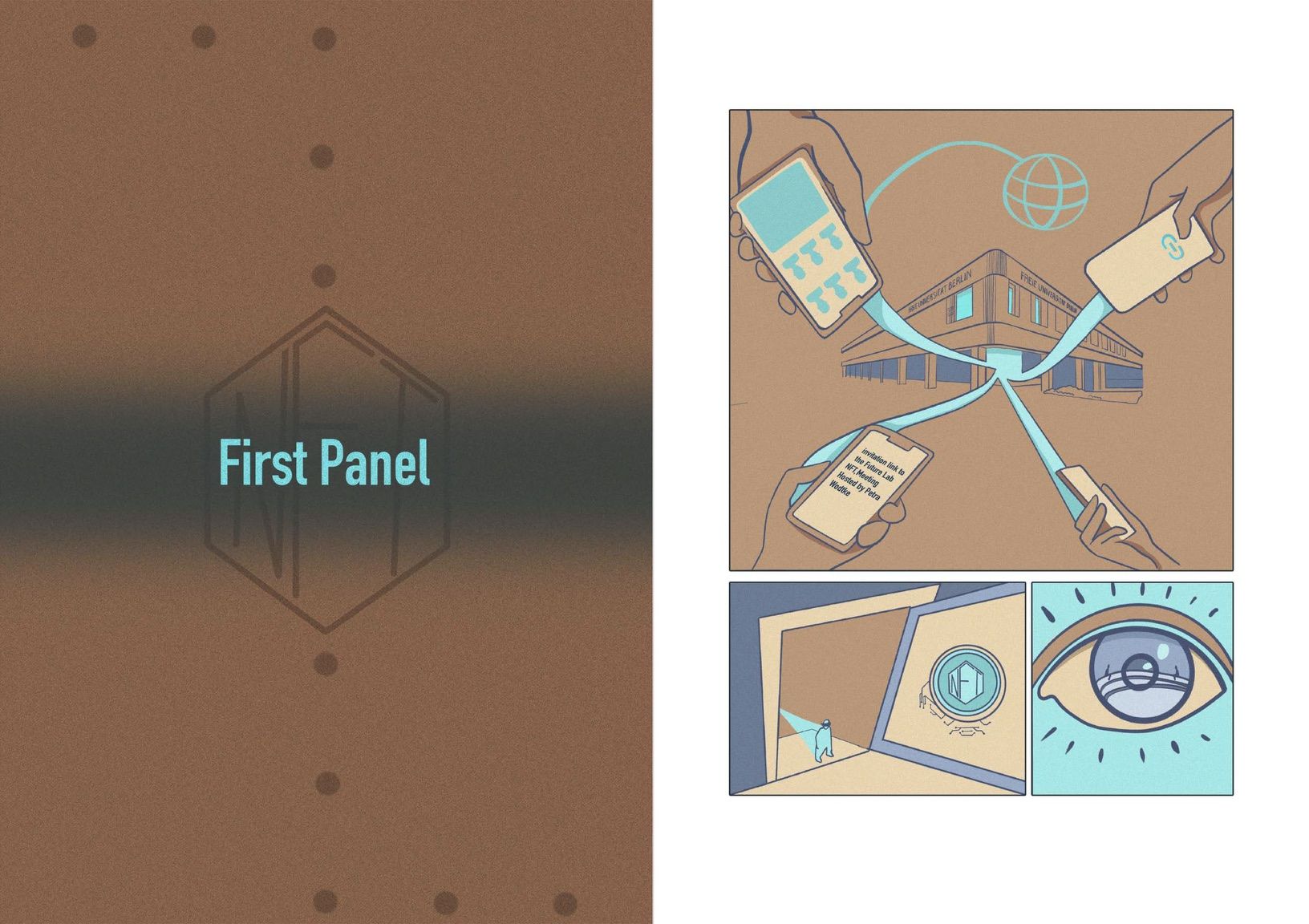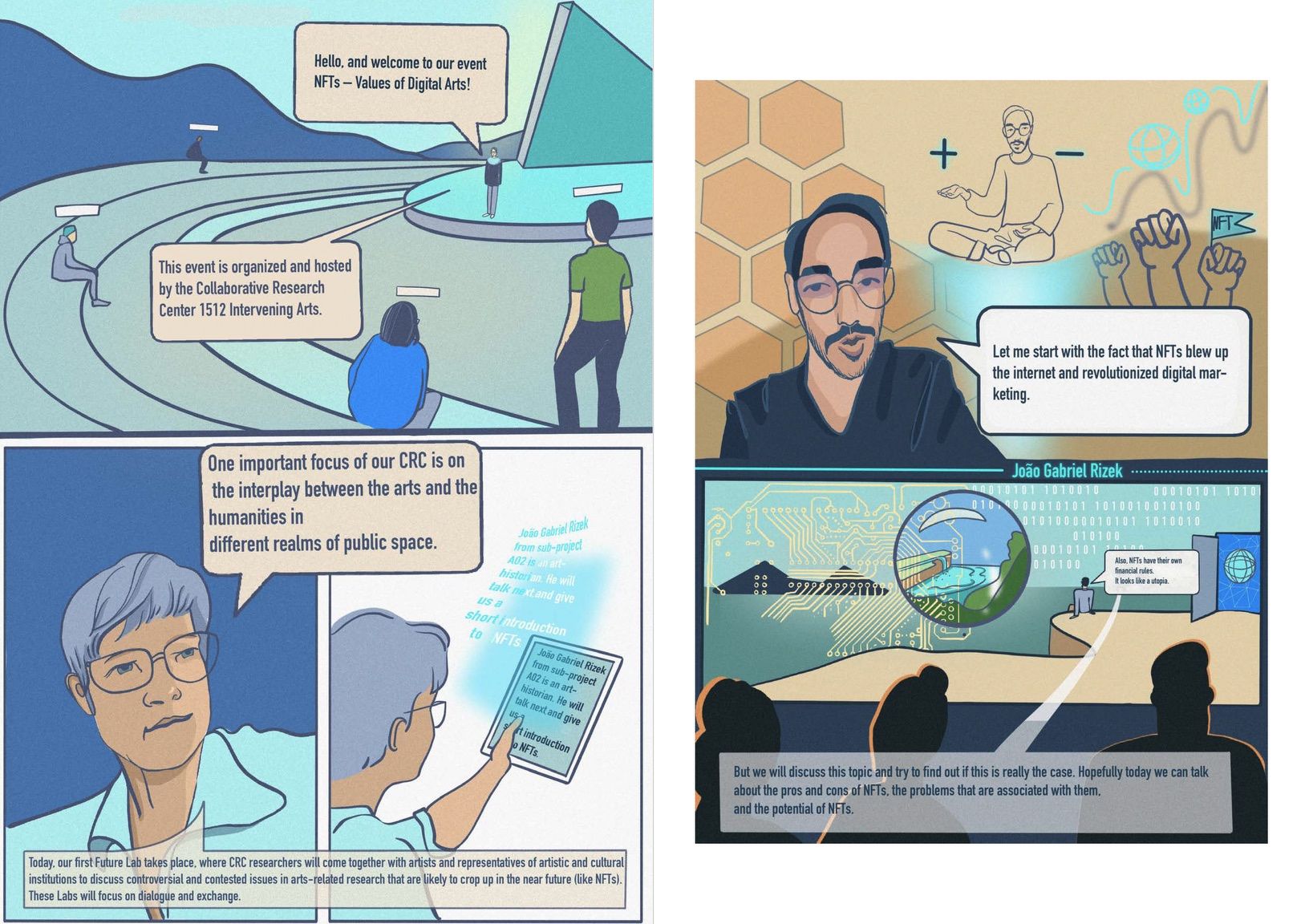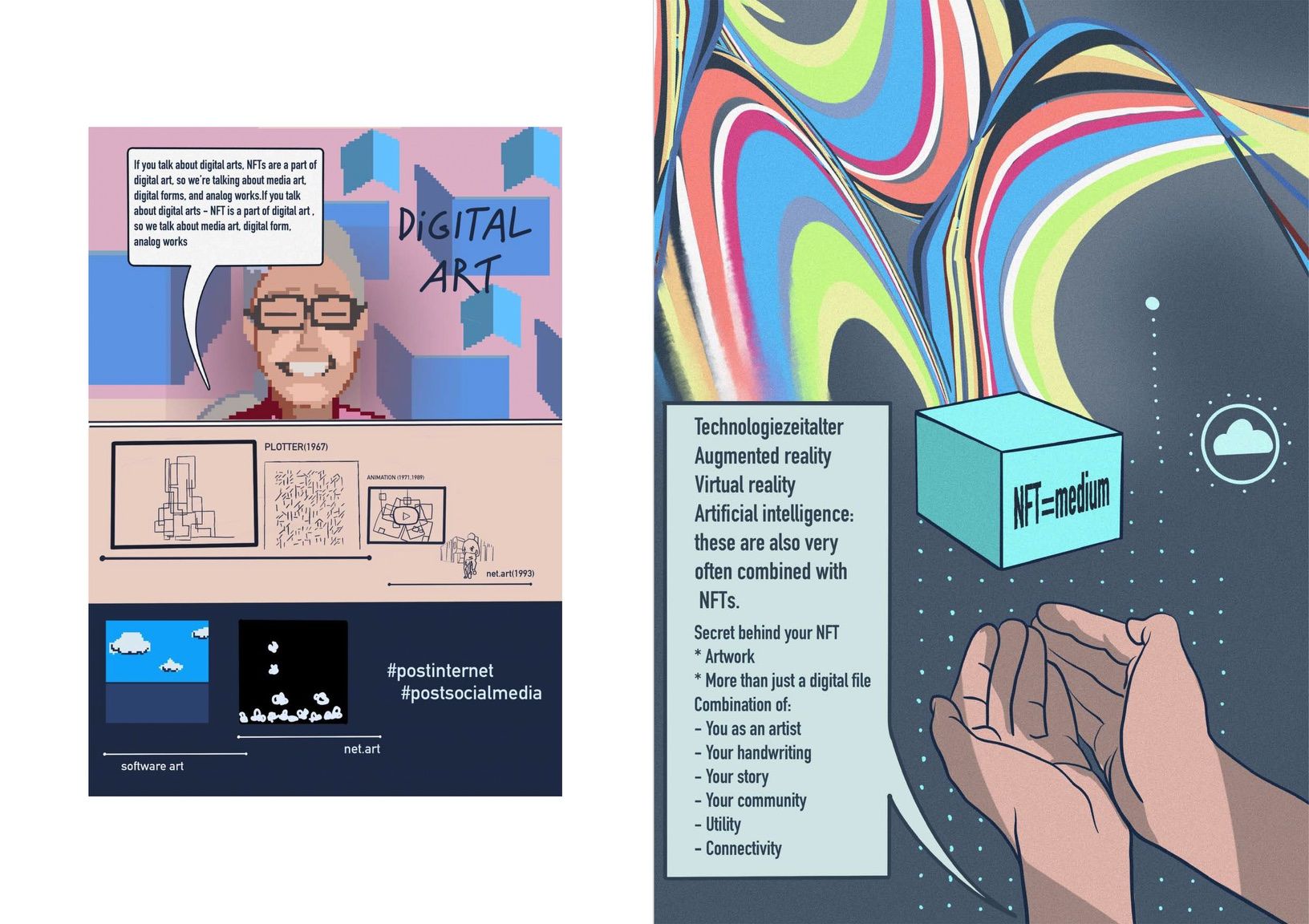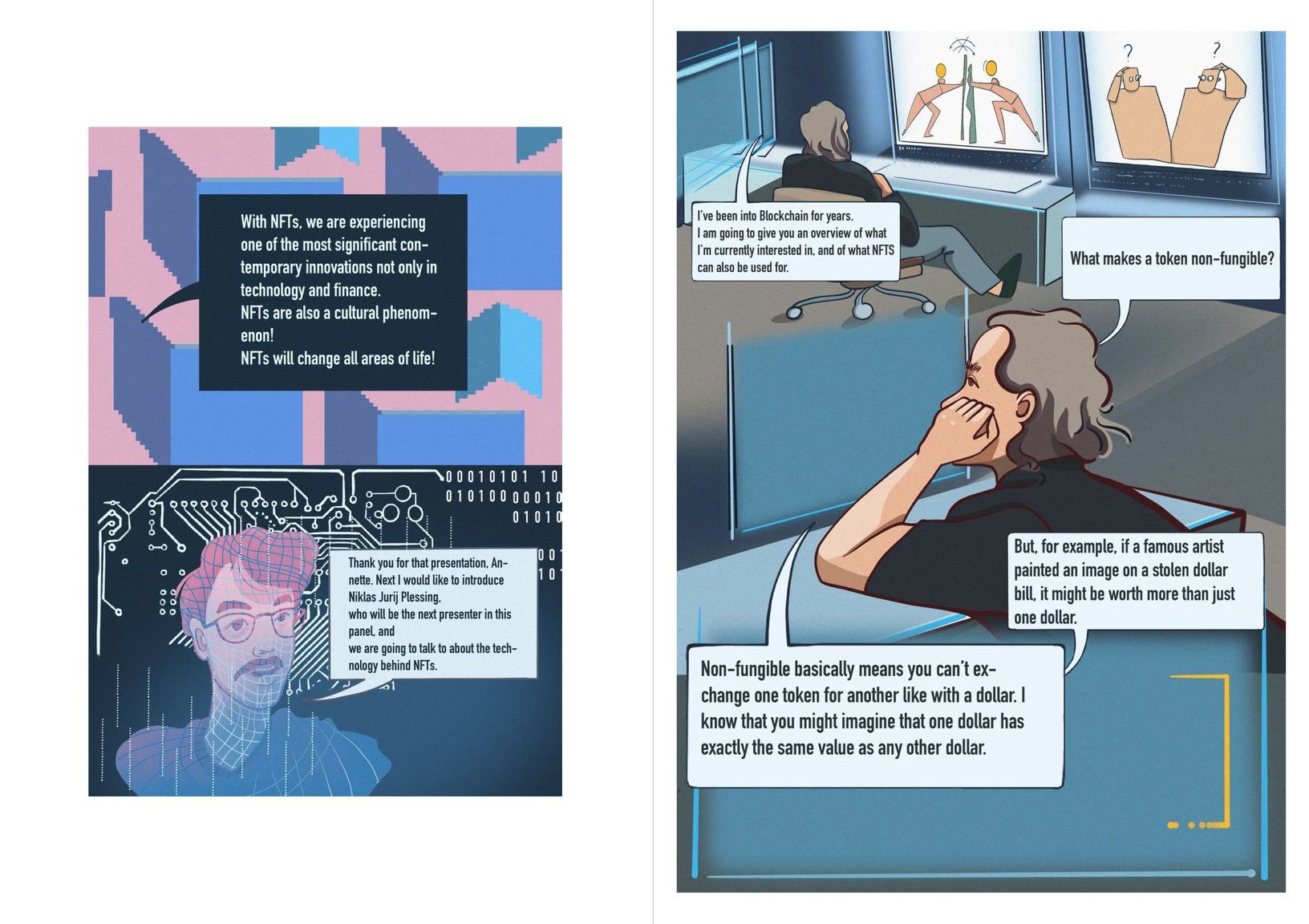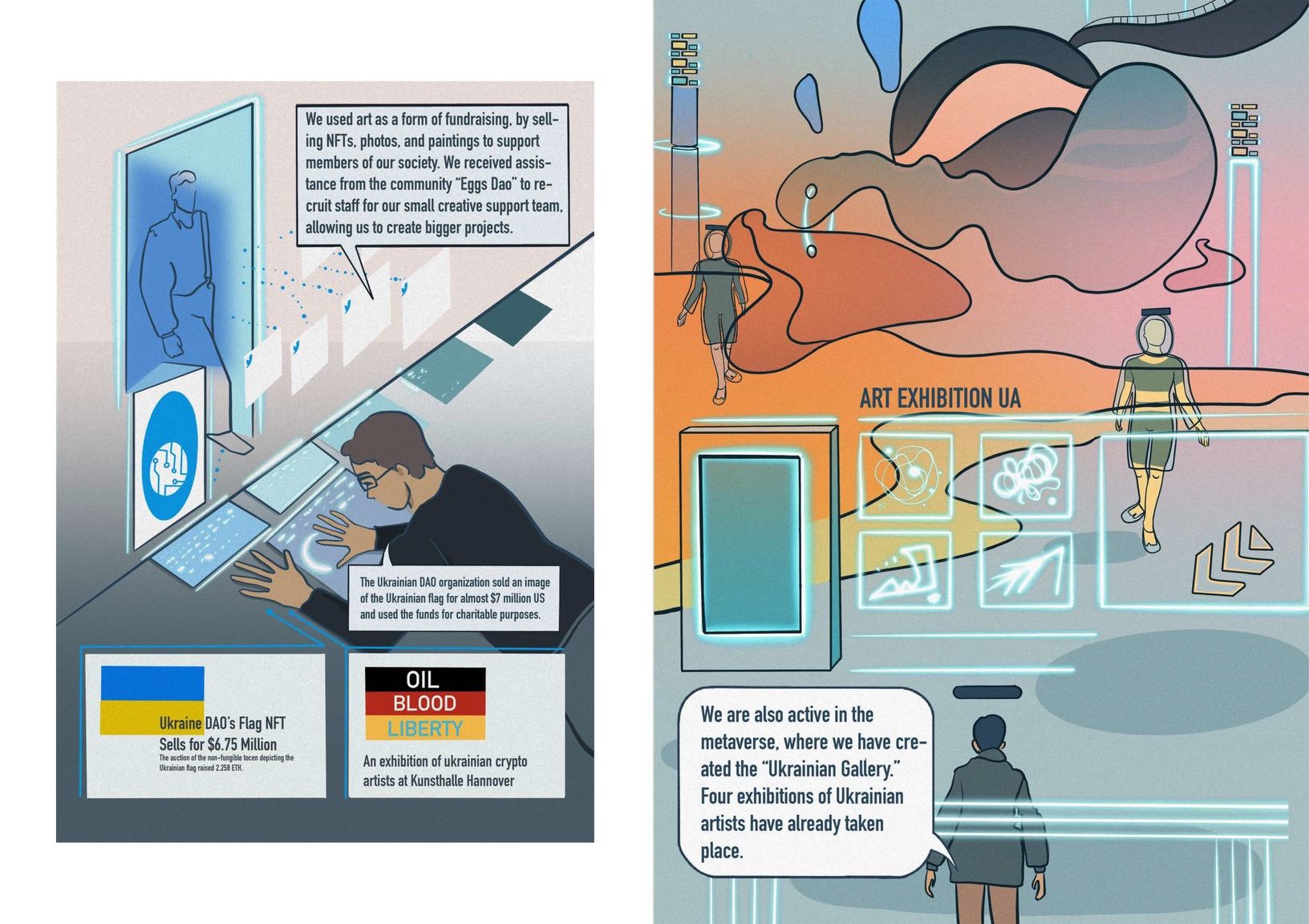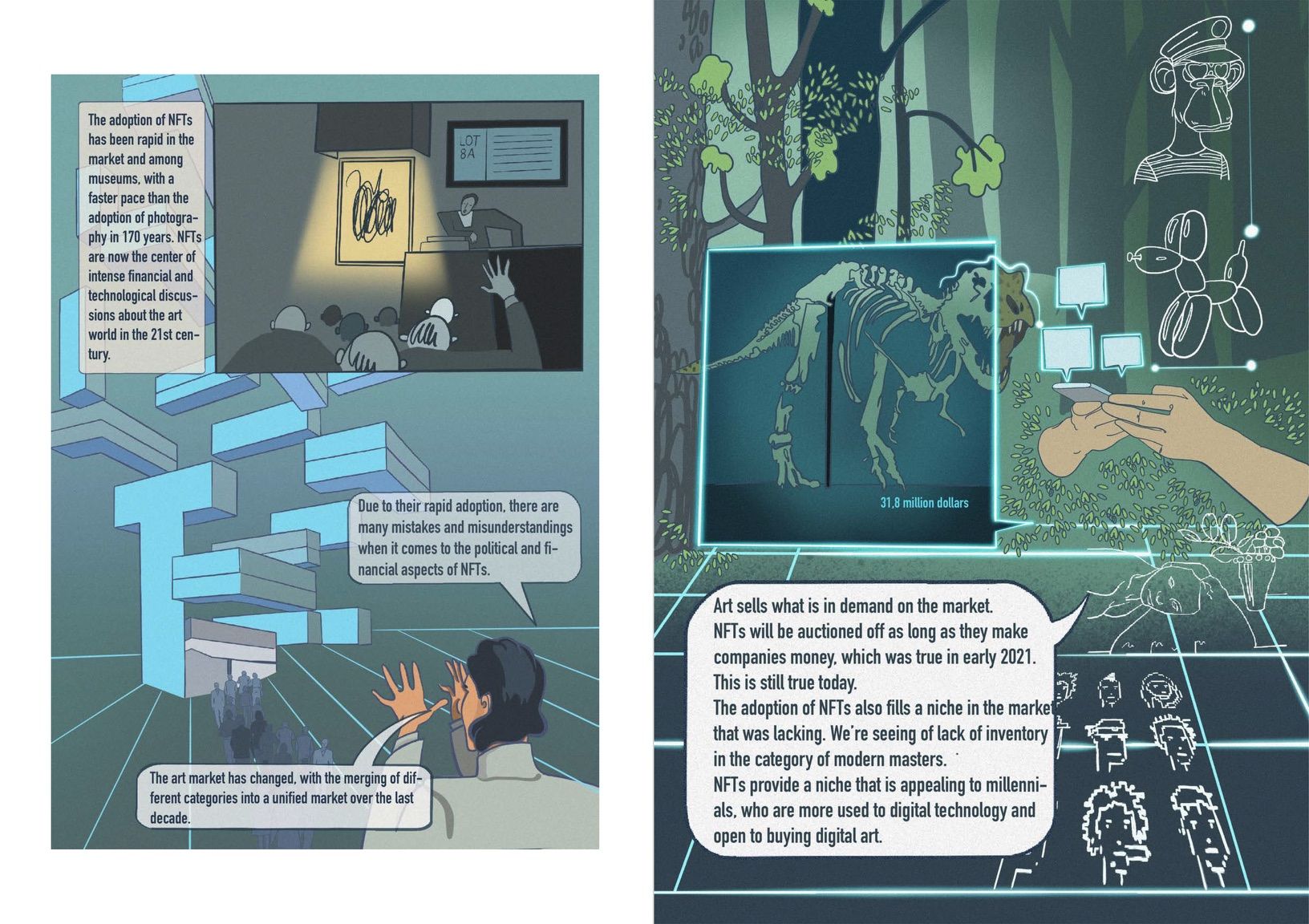Forschende von verschiedenen Fächern und verschiedenen Universitäten arbeiten zum Thema »Intervenierende Künste«. Den Begriff »Intervenierende Künste« wollen wir kurz erklären.
Künste heißt: Es gibt mehr als eine Kunst. Gemalte Bilder sind Kunst. Wenn jemand ein Buch schreibt oder einen Comic macht, ist das Kunst. Ein Theaterstück oder ein Film sind Kunst.
Wenn eine Künstlerin etwas tut, kann das auch Kunst sein. Das nennt man Aktionskunst.
Ein Künstler kann auch etwas mit seinem Körper machen. Das ist auch Aktionskunst. Dafür gibt es ein englisches Wort. Es heißt: Performance.
Intervenieren heißt: unterbrechen, dazwischentreten, stören. Das kann gut oder schlecht sein.
Diese Seite wurde erstellt vom SFB »Intervenierende Künste«. SFB ist eine Abkürzung für Sonder-Forschungs-Bereich.
Das Geld für den SFB kommt nicht von der Universität. Es kommt von der Deutschen Forschungsgemeinschaft, kurz DFG. Was die DFG ist und wie sie einen SFB unterstützt, steht hier in Leichter Sprache.
Unser SFB forscht dazu, wie Kunst unterbrechen, dazwischentreten oder stören kann. Wir wollen wissen: Machen das alle Künstler*innen? Warum machen sie das? Gibt es das schon lange oder ist das ganz neu? Machen sie es heute anders als früher?
Wir denken: Künste sind wichtig für alle Menschen. Sie sind wichtig für die Politik, für das Zusammenleben und für jeden Einzelnen. Viele Menschen denken: Künste müssen etwas verändern.
Es gibt viele wichtige Themen auf der Welt. Es gibt Kriege, Hunger, die Klimakrise oder Länder, in denen die Menschen nicht frei sind.
Künstler*innen machen zu all diesen Themen Kunst. Sie überlegen auch: Wie wollen wir morgen leben? Was ist gerecht oder ungerecht? Was ist gut, was ist schlecht? Dazu machen sie Filme, Theater, Bilder, Bücher oder Aktionen.
Wir vom SFB fragen: Sind das alles Interventionen oder nur einiges davon? Und wovon hängt das ab?
Auf dieser Seite geben wir ein paar Antworten. Wir zeigen, wie Forschende und Künstler*innen zusammen arbeiten.

